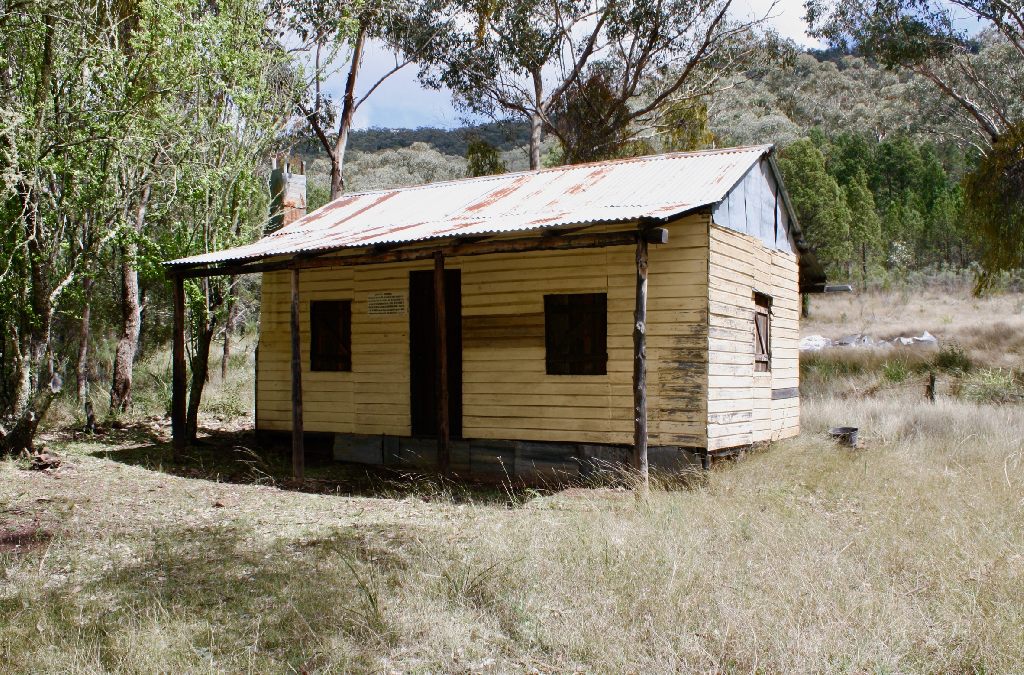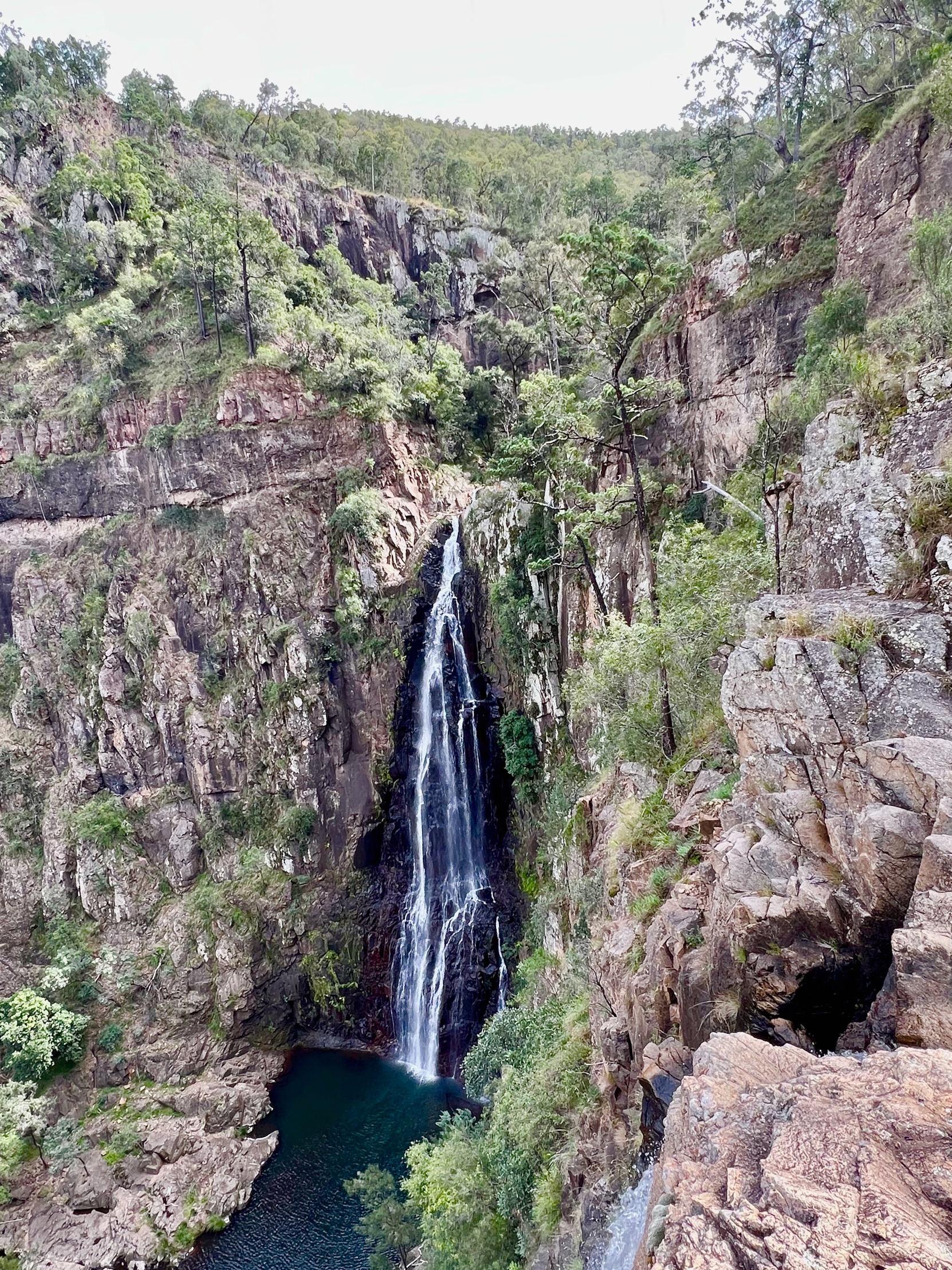There's More to Mt Kaputar than Scenery

The sight of the Nandewar Ranges rising from the plains signifies that you are “nearly home”, for those from the Narrabri region when returning from travels. The ancient volcanic mountains form a spectacular backdrop to the agricultural land for which the district is famous and we proudly feature them in photos of farmland sold by Rural Property NSW.
While the scenic Mount Kaputar National Park encompasses a large portion of the Nandewar Ranges; the mountains also have a pastoralist history that’s often overlooked.
The first graziers of the foothills of the Nandewar Ranges arrived in the late 1840’s, but the higher reaches eluded them due to the rugged terrain. A station owned by Paul Walker on Horsearm Creek was called “Vale of Sighs” – one can only imagine why!
Cattle were grazed on the mountain plateau at the turn of the century by the McGoverns, the Terbutts and Dawson; and the landscape was occasionally burned to encourage pasture growth.
In 1925 a “Recreation Reserve” was created including approximately 1920 acres across Mt Kaputar and Mt Lindsay. A “Trust of interested men” was set up manage the Reserve and it issued leases to graze portions of the land, although it appears this was never particularly lucrative. Grazing rights contributed a meagre 35 pounds to the Trust’s coffers in 1959, just before the Reserve became the Mount Kaputar National Park.
It is anecdotally reported that sheep and cattle continued to be grazed in the Park through until the 1970’s.
You can see evidence of pastoralist history on a number of visitor walks in the National Park.
A “dog proof” fence (circa 1930’s) was erected from near Ningadhun, along the high parts of Yulladunida Rock, across towards Mt Coryah, the Governor and finally to Kaputar. To protect livestock, dingoes were hunted on both sides of the fence and eventually wiped out. Remnants of the fence are clearly visible on the steep Yulladunida visitor walk and one can only marvel at the ingenuity and perseverance of those who constructed it by hand.
The challenging 19km return walk to Scutt’s Hut and Kurrawonga Falls is not for the faint hearted, but the trek has its rewards. The hut was built by grazier Archie Scutt in approximately 1938. Nearly all the building materials (timber, corrugated iron, fuel stove, rainwater tank) were transported to the mountain-encircled site alongside Horsearm Creek by packhorse. The hut has been restored to show how the early pioneers lived – it’s very basic with an earthen floor and open fireplace. The Scutt family lived in the hut until the mid 1950’s and grazed sheep and cattle.
While unrelated to the pioneer history, the remarkable Kurrawonga Falls are an absolute “must see”. The 450m walk to the falls isn’t signposted so you need to keep an eye out and follow the fenceline off the main trail towards Scutt’s Hut.

Other historic pastoralist sites in the National Park include the Foggy Dell woolshed, a number of wooden stock troughs and other huts/cottages.
There is no doubt the plains of the Narrabri region are far more suited to agricultural pursuits, but appreciating the tenacity and optimism of the pioneering pastoralists of the Nandewar Ranges is an interesting aspect of our much-loved Mount Kaputar National Park. With beautiful autumn weather upon us, we highly recommend a visit!
Acknowledgement: Thank you to Megan Kelly and Louisa Andersen of the NSW National Parks and Wildlife Service for their assistance in providing background for this article.
Pics: Michael Read
in Latest News
Share this post
Posts this year
- October 2024 (1)
- September 2024 (1)
- August 2024 (1)
- November 2023 (1)
- June 2023 (1)
- February 2023 (2)
- November 2022 (1)
- October 2022 (1)
- July 2022 (2)
- June 2022 (1)
Archived Posts
- Posts in 2023
- Posts in 2022
- Posts in 2021
- Posts in 2020
- Posts in 2019
- Posts in 2018
- Posts in 2017
- Posts in 2016